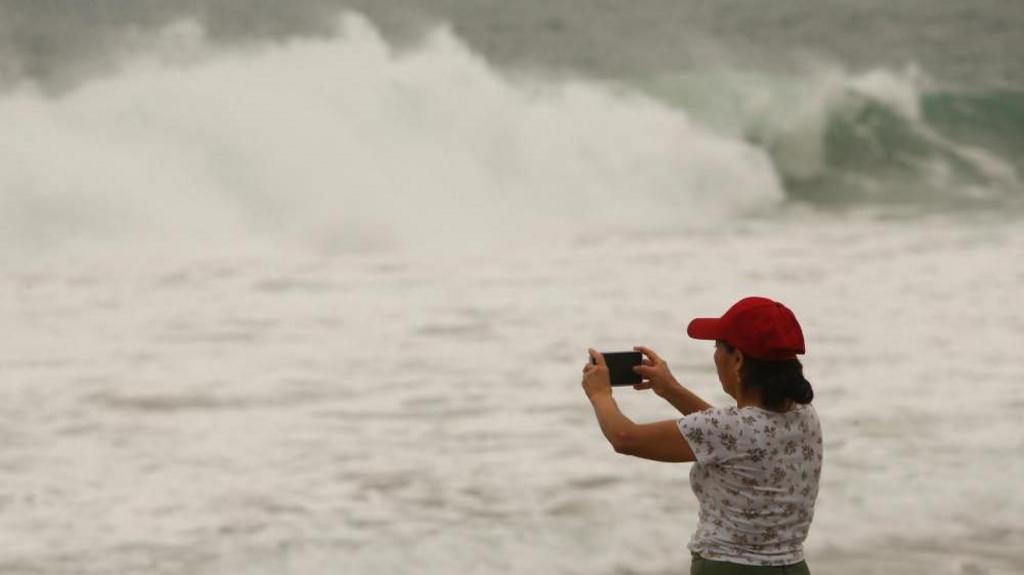Hurricane Erick, a Category 3 storm, has made landfall on Mexico’s Pacific coast, according to the US National Hurricane Center (NHC).
Making landfall early Thursday local time in Oaxaca state, Erick initially registered maximum sustained winds near 205 km/h (125 mph), having been slightly downgraded from a Category 4 storm.
Forecasters warn of destructive winds and life-threatening flooding in Oaxaca and Guerrero states. The storm is expected to weaken rapidly as it moves inland across southern Mexico.
Mexican President Claudia Sheinbaum urged residents in the storm’s path to heed official communications, remain indoors, and avoid unnecessary travel.
A hurricane warning is in effect for a 500km (300-mile) stretch of the Pacific coast, from Acapulco to Puerto Ángel.
Guerrero and Oaxaca residents are warned of dangerous storm surges and torrential rainfall.
President Sheinbaum advised those in low-lying areas or near waterways to seek shelter in designated facilities. Mountainous areas are also under alert for potential mudslides.
Approximately 2,000 shelters have been established across Chiapas, Guerrero, and Oaxaca, with over 18,000 first responders mobilized.
The region suffered significant damage from Hurricane Otis in 2023, resulting in at least 50 fatalities in Acapulco, after the Category 5 hurricane made landfall.
Otis’s rapid intensification left many unprepared for the hurricane’s impact.
Are you in an area affected by Hurricane Erick?
Share your experiences here (if safe to do so).
Please include a contact number if you are willing to speak to a BBC journalist.
Alternative contact methods:
Email: [email protected]
WhatsApp: +44 7756 165803
An ambitious project to weaken or divert hurricanes generated decades of suspicion and disagreement. What did we learn – and will it ever be revived?
The warning comes as cuts to American research raise fears over the ability to track and prepare for them.
NOAA data helps many decide what to wear, where to meet friends and what to do during hurricane, tornado or blizzard emergencies.
Hurricane Beryl lashed the island in July, devastating much of its fishing fleet.
Climate change caused 41 additional days of dangerous heat and extreme weather, say scientists.

